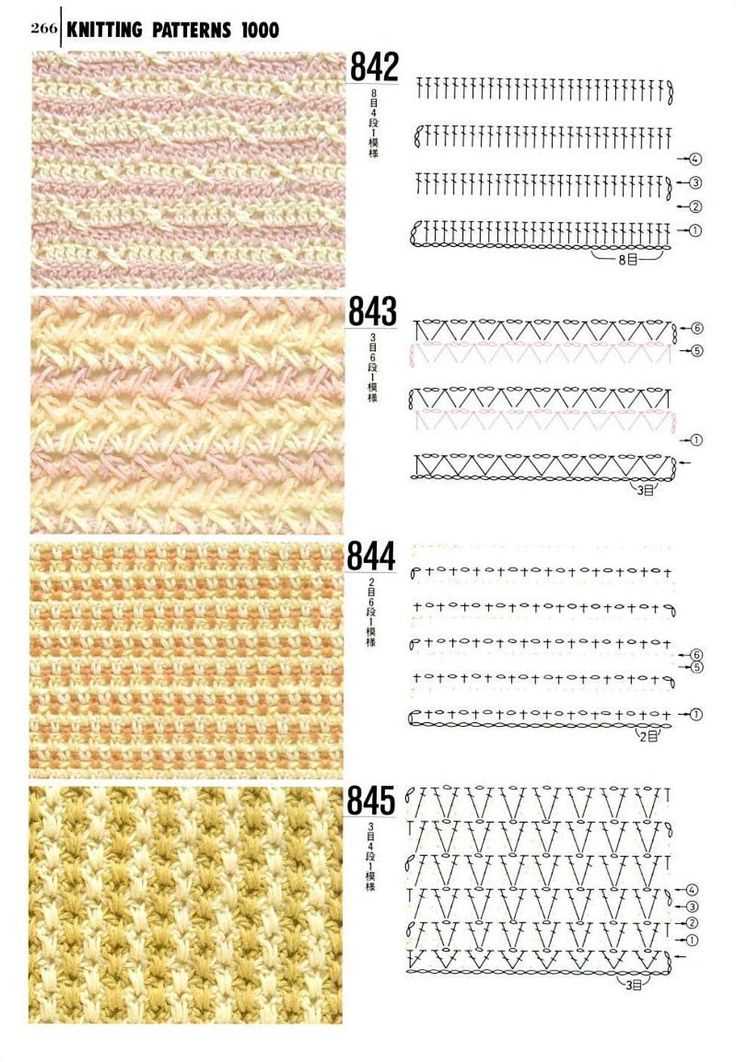
Knitting is a popular hobby for people of all ages, and one of the most important aspects of knitting is understanding and following a pattern. A knitting pattern provides instructions on how to create a piece of clothing or an accessory, and it often includes a diagram that represents the stitches and rows.
A diagram knitting pattern is a visual representation of the stitches and rows in a knitting pattern. It uses symbols to represent different techniques and stitches, making it easier for knitters to understand and follow the pattern. Diagram knitting patterns are particularly useful for more complex patterns, such as lace or cable designs, where it can be difficult to describe the stitches in words alone.
Using a diagram knitting pattern allows knitters to see at a glance how the stitches and rows of a pattern are arranged, making it easier to keep track of where they are in the pattern. It also helps to ensure that the finished piece will turn out as intended. As a result, diagram knitting patterns are a popular choice for many knitters, both experienced and beginners.
Whether you’re a beginner knitter or an experienced pro, diagram knitting patterns can help you create beautiful, intricate pieces. They provide a clear visual guide to the stitches and rows of a pattern, making it easier to create complex designs. With a little practice, you’ll be able to read and understand diagram knitting patterns, and take your knitting skills to the next level.
What are Diagram Knitting Patterns?
Diagram knitting patterns, also known as chart patterns, are visual representations used in knitting to illustrate how to create a specific design or stitch pattern. Instead of relying solely on written instructions, these diagrams use symbols, colors, and lines to guide knitters in creating their desired pattern.
Diagram knitting patterns are particularly useful for complex designs or stitch patterns that can be difficult to explain in written form. They provide a clear and concise visual representation of each row or round of knitting, making it easier for knitters to understand and follow along.
Key features of diagram knitting patterns:
- Symbols: Diagrams use a set of symbols to represent different knitting stitches or actions, such as knit, purl, yarn over, and decrease. Each symbol typically has a specific shape or color associated with it for easy identification.
- Rows/Rounds: The diagram is divided into rows or rounds, typically numbered from bottom to top or right to left. Each row or round is represented by a horizontal line or series of lines.
- Stitch repeats: For patterns with repeating sections, the diagram will often indicate a specific stitch repeat and the number of times it should be repeated.
- Charts: More complex patterns may use multiple charts to represent different sections of the design or stitch pattern. These charts are often labeled and organized in a logical order.
Overall, diagram knitting patterns offer knitters a visual roadmap to create intricate designs or stitch patterns, allowing for greater precision and accuracy in their knitting projects.
Understanding the Basics of Diagram Knitting Patterns
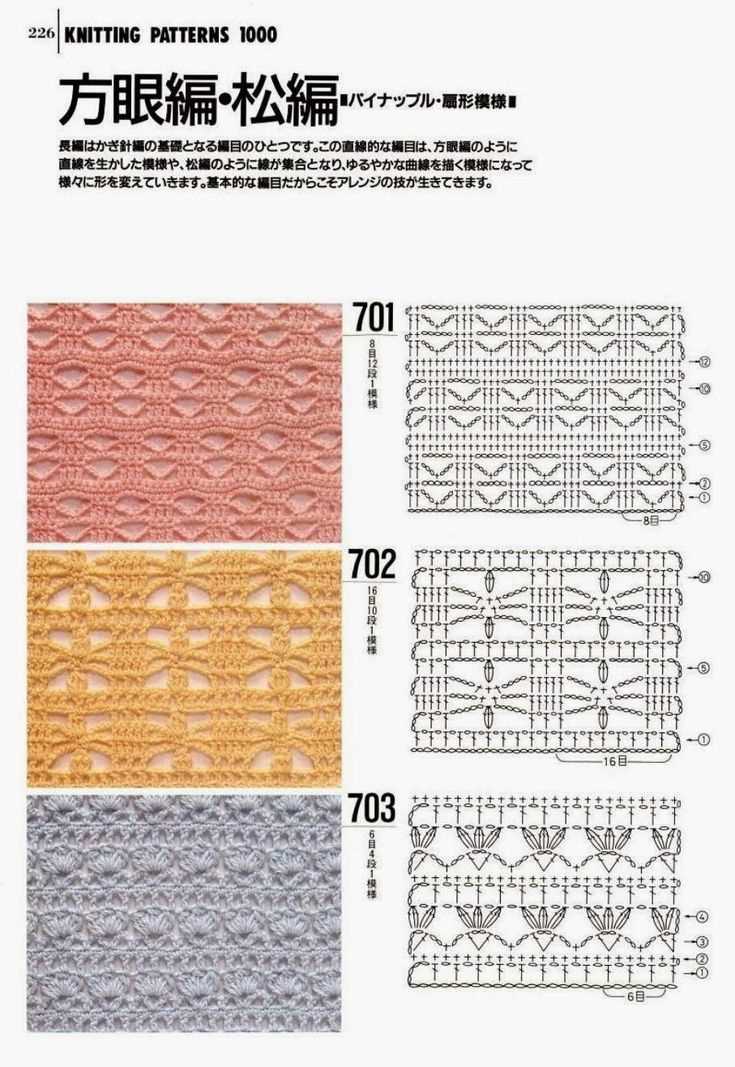
Diagram knitting patterns, also known as chart knitting patterns, are a visual representation of a knitting pattern using symbols or graphical elements. These patterns are widely used by knitters to create intricate designs and patterns in their projects. Understanding how to read and interpret these diagrams is an essential skill for any knitter looking to expand their knitting repertoire.
At first glance, diagram knitting patterns may seem intimidating, but with some practice and familiarity, they become a valuable tool in the knitting process. Many knitters find that once they grasp the basics, they prefer using diagrams over written instructions as they provide a more comprehensive overview of the pattern. By following the symbols and instructions provided in the chart, knitters can easily visualize how each stitch should be worked and where it fits within the overall pattern.
Key elements to understand in a diagram knitting pattern:
- Symbols: Diagrams use symbols to represent various knitting stitches and techniques. Each symbol corresponds to a specific action or stitch, such as knit, purl, yarn over, or decrease. Understanding the meaning of each symbol is crucial for accurately following the pattern.
- Rows and stitches: Diagram knitting patterns are typically laid out in a grid-like format, with each square representing a stitch. The rows are numbered along the side of the chart, and the stitches are numbered along the top. By following the chart row by row, knitters can easily keep track of their progress and ensure they are working the correct stitches.
- Repeats: Many knitting patterns include repeated sections or motifs. Diagrams typically indicate these repeats with brackets or other markers. Understanding how to identify and repeat these sections is essential for achieving an accurate and consistent pattern.
- Direction and orientation: Diagrams indicate the direction in which the knitting should be worked, whether from right to left or left to right. Additionally, they may include a key or legend specifying how to read the chart, such as if the right side or wrong side is being worked.
By familiarizing yourself with these key elements and practicing reading diagram knitting patterns, you’ll be well-equipped to tackle a wide range of knitting projects. Whether you’re working on a simple lace pattern or an intricate fair isle design, understanding how to read and interpret the diagrams will help you bring your knitting vision to life.
Benefits of Using Diagram Knitting Patterns
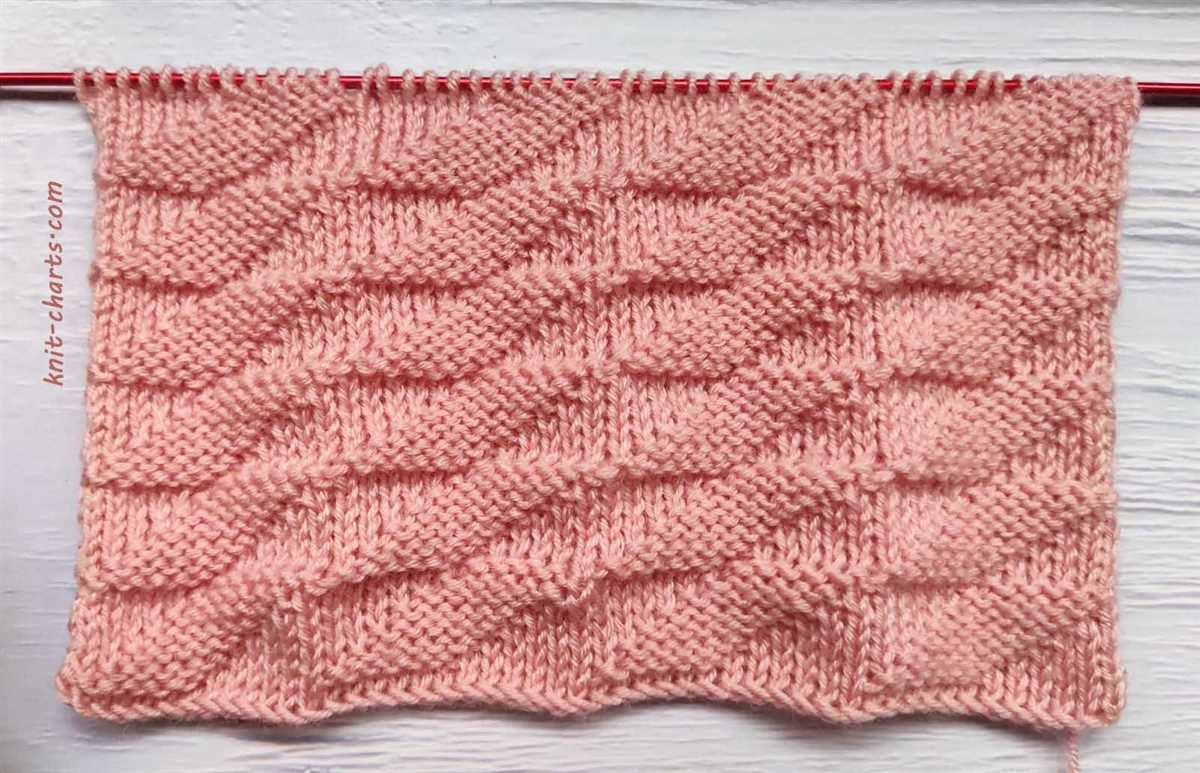
Diagram knitting patterns are a popular choice among knitters for several reasons. First and foremost, they provide a visual representation of the pattern, making it easier to understand and follow. Instead of relying solely on written instructions, knitters can simply refer to the diagram for guidance. This visual aid is particularly helpful for those who are visual learners or prefer a more visual approach to knitting.
Furthermore, diagram knitting patterns offer a clear and concise way to convey complex stitch patterns. By using symbols and abbreviations, these patterns can effectively communicate the various stitches and techniques required to complete a project. This can be especially useful when working on intricate designs or lace patterns, where it may be difficult to accurately describe each stitch in writing.
Another advantage of diagram knitting patterns is their versatility. They can be easily adapted and customized to suit individual preferences and needs. For example, knitters can modify the size or shape of a garment by simply adjusting the number of stitches or rows in the diagram. This flexibility allows for greater creativity and allows knitters to personalize their projects.
Additionally, diagram knitting patterns are often language-independent, meaning they can be understood by knitters all over the world regardless of their native language. This makes them highly accessible and inclusive, as they can be used and shared by a diverse knitting community. Whether you’re knitting with friends from different countries or accessing patterns online, diagram knitting patterns can bridge language barriers and bring knitters together.
In conclusion, diagram knitting patterns offer numerous benefits that make them a valuable tool for knitters. From providing a visual representation of the pattern to their adaptability and inclusivity, they enhance the knitting experience and empower knitters to create beautiful and complex designs.
How to Read Diagram Knitting Patterns
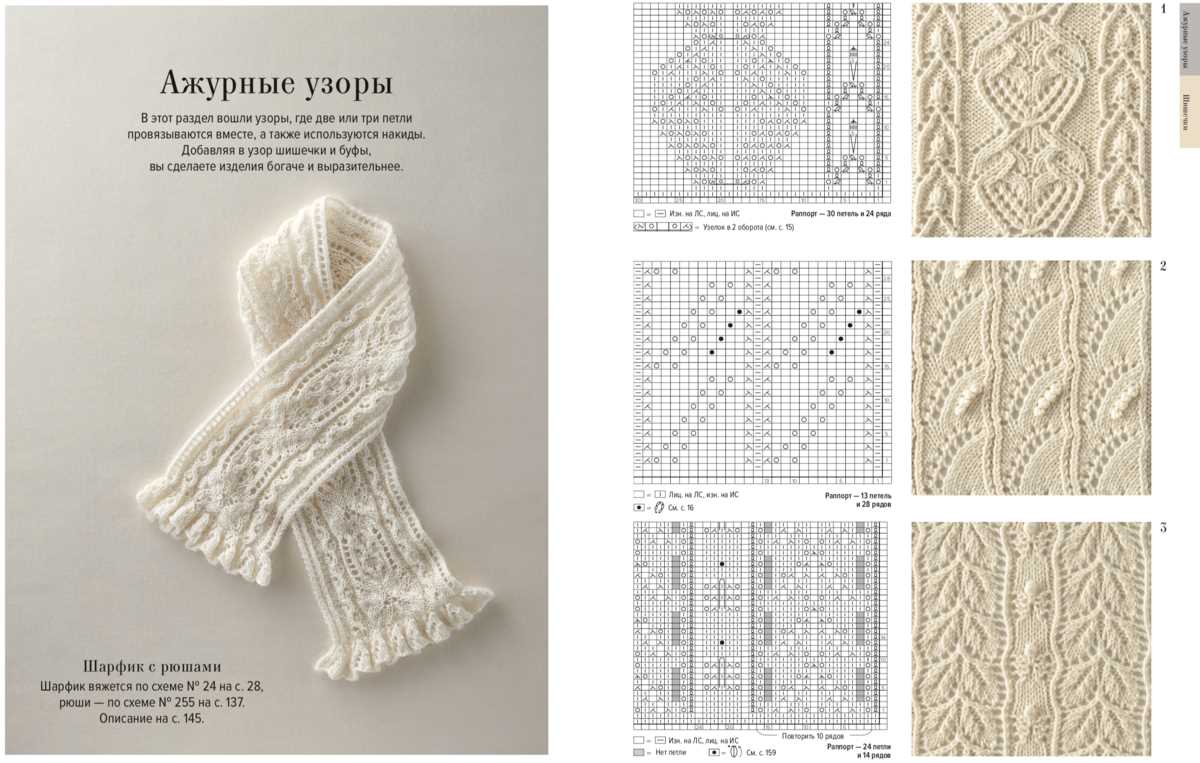
Knitting patterns are often presented in written form, but there are also diagrams available that can help you visualize the design and stitches more easily. Diagram knitting patterns use symbols and shapes to represent different stitches and techniques, making it easier for knitters to understand the pattern and follow along.
Understanding the Symbols
In order to read diagram knitting patterns, it is important to understand the symbols used. Each stitch or technique is assigned a specific symbol, which is listed in the key or legend provided with the pattern. Common symbols include circles for knit stitches, squares for purl stitches, and arrows to indicate the direction of the knitting.
Tips for Reading Diagrams
- Start by familiarizing yourself with the key or legend provided with the pattern. This will help you understand the symbols and their meanings.
- Read the diagram from right to left for right-handed knitters, and from left to right for left-handed knitters. This ensures that you are following the pattern correctly.
- Take note of any repeats or pattern sequences indicated on the diagram. These will be represented by brackets or other symbols, and they indicate when to repeat a specific set of stitches.
- Pay attention to the numbers or letters that may be included within the diagram. These indicate specific instructions or stitch counts.
- Use stitch markers or highlighters to help keep track of your progress on the diagram. This can be particularly helpful when working on complex or intricate patterns.
By understanding the symbols and following these tips, you will be able to read and follow diagram knitting patterns more easily. This will open up a whole new world of patterns and designs for you to try, and allow you to create beautiful knitted items with confidence.
Tips for Choosing the Right Diagram Knitting Pattern
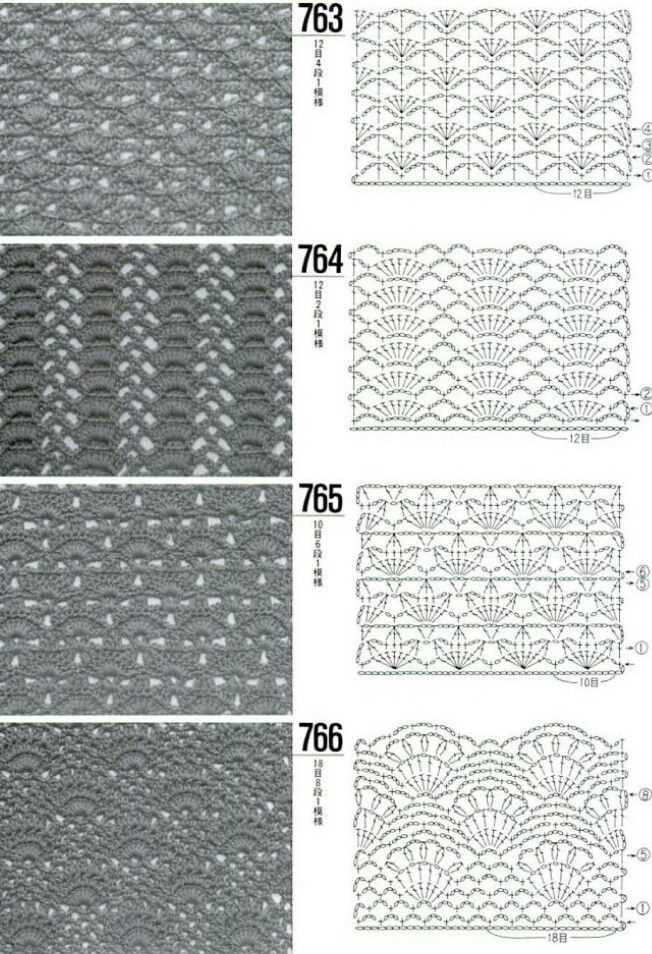
When it comes to choosing a diagram knitting pattern, there are a few tips to keep in mind to ensure you select the right one for your project. Whether you’re an experienced knitter or just starting out, these tips will help you make the best choice for your needs.
Consider your skill level: It’s important to choose a diagram knitting pattern that matches your skill level. If you’re a beginner, look for patterns with simpler designs and fewer stitches. More experienced knitters can choose more complex patterns that offer a challenge.
Look for clear instructions: Make sure the diagram knitting pattern you choose has clear and detailed instructions. This will help you understand the pattern and how to execute it correctly. Look for patterns that include written instructions alongside the diagram.
Consider the size and shape of your project: The diagram knitting pattern should match the size and shape of the project you have in mind. If you’re knitting a sweater, for example, look for a pattern specifically designed for sweaters. This will ensure the pattern fits correctly and looks as intended.
Check for any extra tools or skills required: Some diagram knitting patterns may require additional tools or skills, such as cables or colorwork. Before choosing a pattern, make sure you have the necessary tools and skills to complete it. If you’re looking to learn new techniques, this could be a great opportunity to expand your knitting skills.
Consider the intended recipient: If you’re knitting a gift for someone else, consider their preferences and style when choosing a diagram knitting pattern. Pay attention to their favorite colors, patterns, and garment types. This will ensure your finished project is something they’ll love and appreciate.
Read reviews and gather inspiration: Before settling on a diagram knitting pattern, read reviews from other knitters who have tried the pattern. Their feedback can help you determine if the pattern is well-written and easy to follow. You can also gather inspiration from other knitters’ finished projects to envision how the pattern might look when completed.
By considering these tips and taking your time to choose the right diagram knitting pattern, you’ll set yourself up for knitting success. Happy knitting!
Common Symbols Used in Diagram Knitting Patterns
When reading a knitting pattern, it is important to be familiar with the common symbols used in diagram knitting patterns. These symbols are used to represent different stitches and techniques, and understanding them will help you follow the pattern correctly and create the desired design.
Here are some common symbols used in diagram knitting patterns:
- K: This symbol stands for “knit” and is used to indicate that you should make a knit stitch.
- P: This symbol stands for “purl” and is used to indicate that you should make a purl stitch.
- YO: This symbol stands for “yarn over” and is used to indicate that you should bring the yarn over the needle to create an additional stitch.
- Sl: This symbol stands for “slip” and is used to indicate that you should slip a stitch from the left needle to the right needle without knitting or purling it.
- SSK: This symbol stands for “slip slip knit” and is used to indicate that you should slip two stitches individually from the left needle to the right needle, then knit them together.
- K2tog: This symbol stands for “knit two together” and is used to indicate that you should knit two stitches together as one stitch.
These are just a few examples of the common symbols used in diagram knitting patterns. Each pattern may have its own set of symbols, so it is important to refer to the pattern’s key or legend to understand the specific symbols used. By familiarizing yourself with these symbols, you will be able to confidently read and execute diagram knitting patterns.
Advanced Techniques in Diagram Knitting Patterns
Diagram knitting patterns are a great way to create intricate designs in your knitted projects. While basic diagrams are relatively easy to follow, advanced techniques can take your knitting to the next level. Here are some key techniques to consider when working with more complex diagram patterns:
1. Lace knitting:
Lace knitting involves creating delicate, intricate patterns using yarn overs and decreases. In diagram knitting patterns, lace designs are often represented by symbols that indicate the placement of yarn overs and various decrease stitches. Advanced lace knitting often requires working with multiple yarn overs and decreases in the same row, which can create stunning lace motifs.
2. Cable knitting:
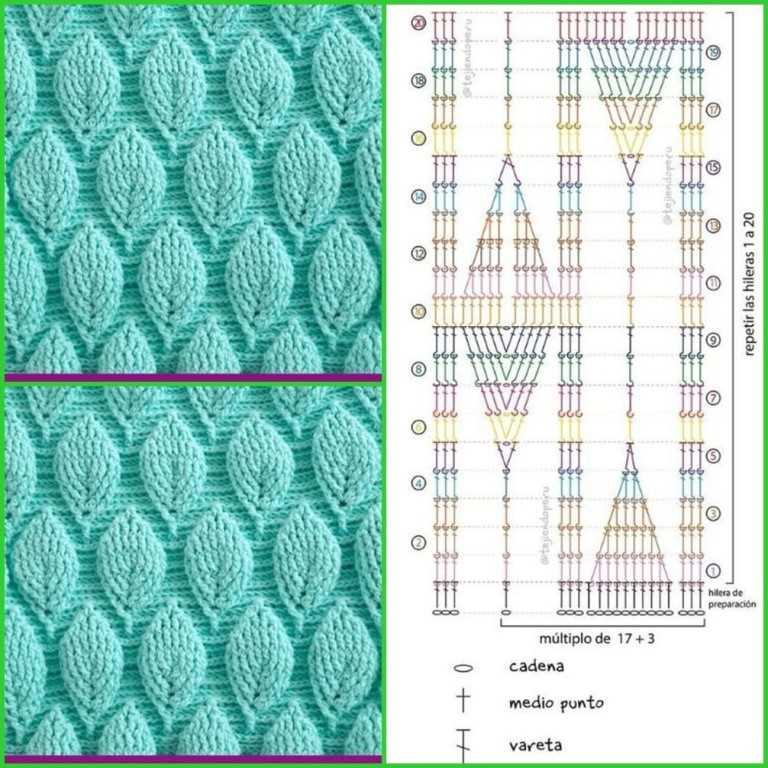
Cable knitting is another advanced technique commonly used in diagram knitting patterns. Cables are created by crossing stitches over each other, resulting in twisted, intertwined designs. In diagram patterns, cables are represented by symbols that indicate the direction and type of cable twist. Advanced cable knitting patterns may involve complex cable arrangements and intricate combinations of twisted stitches.
3. Colorwork:
Colorwork refers to knitting patterns that incorporate multiple colors to create intricate designs. In diagram knitting patterns, colorwork is often represented by different color squares or symbols that indicate the color changes in each row. Advanced colorwork techniques include stranded knitting, where multiple colors are carried along the back of the work, and intarsia, where separate sections of different colors are knit individually and joined together.
By mastering these advanced techniques in diagram knitting patterns, you can create stunning and intricate designs in your knitted projects. Whether you’re working on lace, cables, or colorwork, using diagrams can help you visualize the pattern and make the process easier to follow. So grab your knitting needles, some colorful yarn, and get ready to take your knitting to the next level!
How to Design Your Own Diagram Knitting Patterns
If you enjoy knitting and want to take your skills to the next level, designing your own diagram knitting patterns can be a rewarding and creative endeavor. With a little practice and some basic knowledge of knitting techniques, you can create unique and personalized patterns that reflect your style and taste.
1. Choose Your Design: Start by determining what type of pattern you want to create. Do you prefer geometric shapes, floral motifs, or something more abstract? Consider your skill level and the complexity of the design you want to create.
2. Chart Your Pattern: Use a grid or graph paper to chart out your pattern. Each square on the grid represents one stitch or one row. Consider the size of your project, such as the number of stitches and rows, and divide your grid accordingly. Use different symbols or colors to represent different stitches or techniques.
3. Consider Gauge and Measurements: Before knitting the pattern, it’s important to consider your gauge and measurements. Choose the appropriate size needles and yarn for your project, and swatch to ensure that your stitches match the gauge specified in your pattern. This will ensure that your finished project turns out the desired size.
4. Test and Adjust: Once you have charted your pattern and determined the gauge, it’s time to test your design. Start by knitting a small swatch to see how the pattern looks and to check for any mistakes or inconsistencies. Make any necessary adjustments to your chart before proceeding with your full project.
5. Share Your Pattern: Once you have successfully completed your design, consider sharing it with other knitters. You can publish it online, submit it to knitting magazines or forums, or even create your own knitting pattern business. Sharing your pattern allows others to enjoy your creativity and skills.
Designing your own diagram knitting patterns can be a fun and fulfilling way to express your creativity and create unique pieces. With some planning, practice, and attention to detail, you can create beautiful designs that you will be proud to knit and wear. So go ahead and unleash your creativity on the knitting needles!
Best Practices for Following Diagram Knitting Patterns
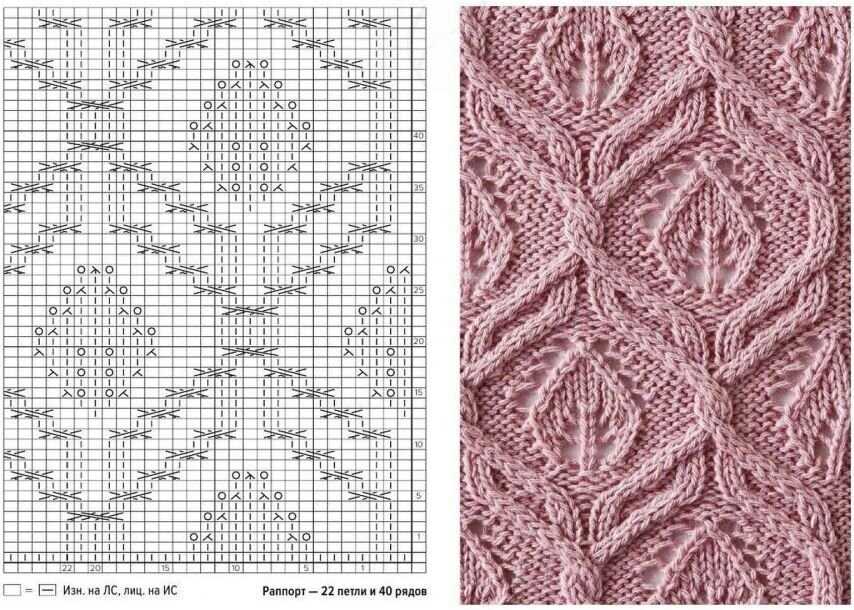
Diagram knitting patterns can be a great way to visualize your knitting projects and keep track of intricate stitches and patterns. However, it can also be challenging to understand and follow these patterns, especially for beginners. Here are some best practices to help you successfully follow diagram knitting patterns:
1. Familiarize Yourself with the Symbols
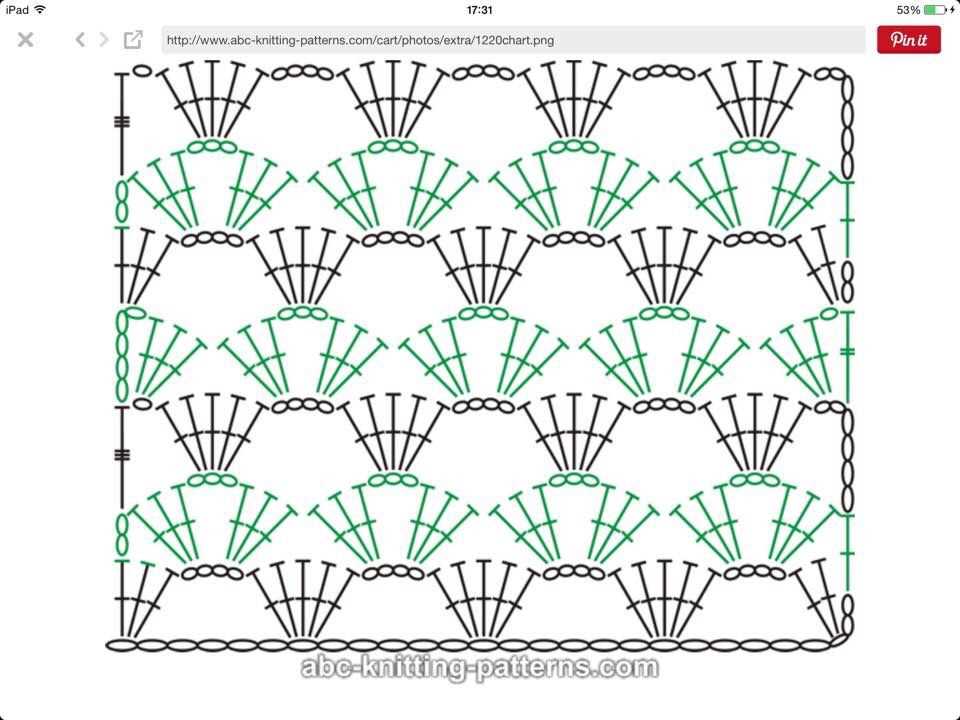
Before starting any project, take the time to familiarize yourself with the symbols used in the diagram. Each symbol represents a specific stitch or action, such as knit, purl, yarn over, or decrease. Understanding these symbols will make it much easier to follow the pattern and avoid mistakes.
2. Read the Key or Legend
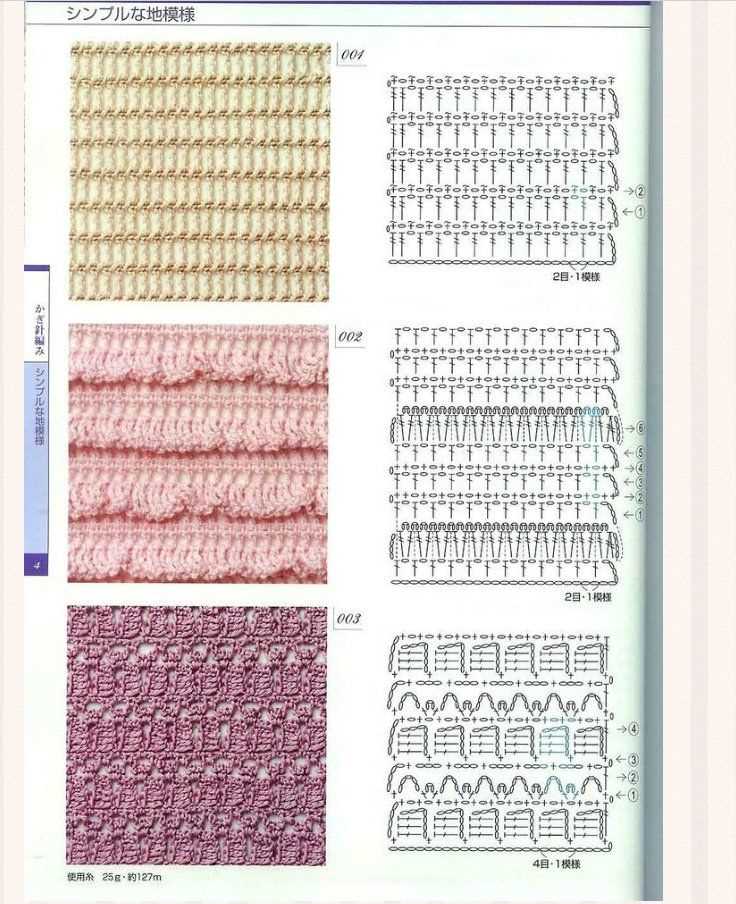
Most diagram knitting patterns come with a key or legend that explains the meaning of each symbol used in the diagram. Make sure to carefully read and understand the key before you begin knitting. This will prevent confusion and ensure you are interpreting the chart correctly.
3. Start Small and Simple
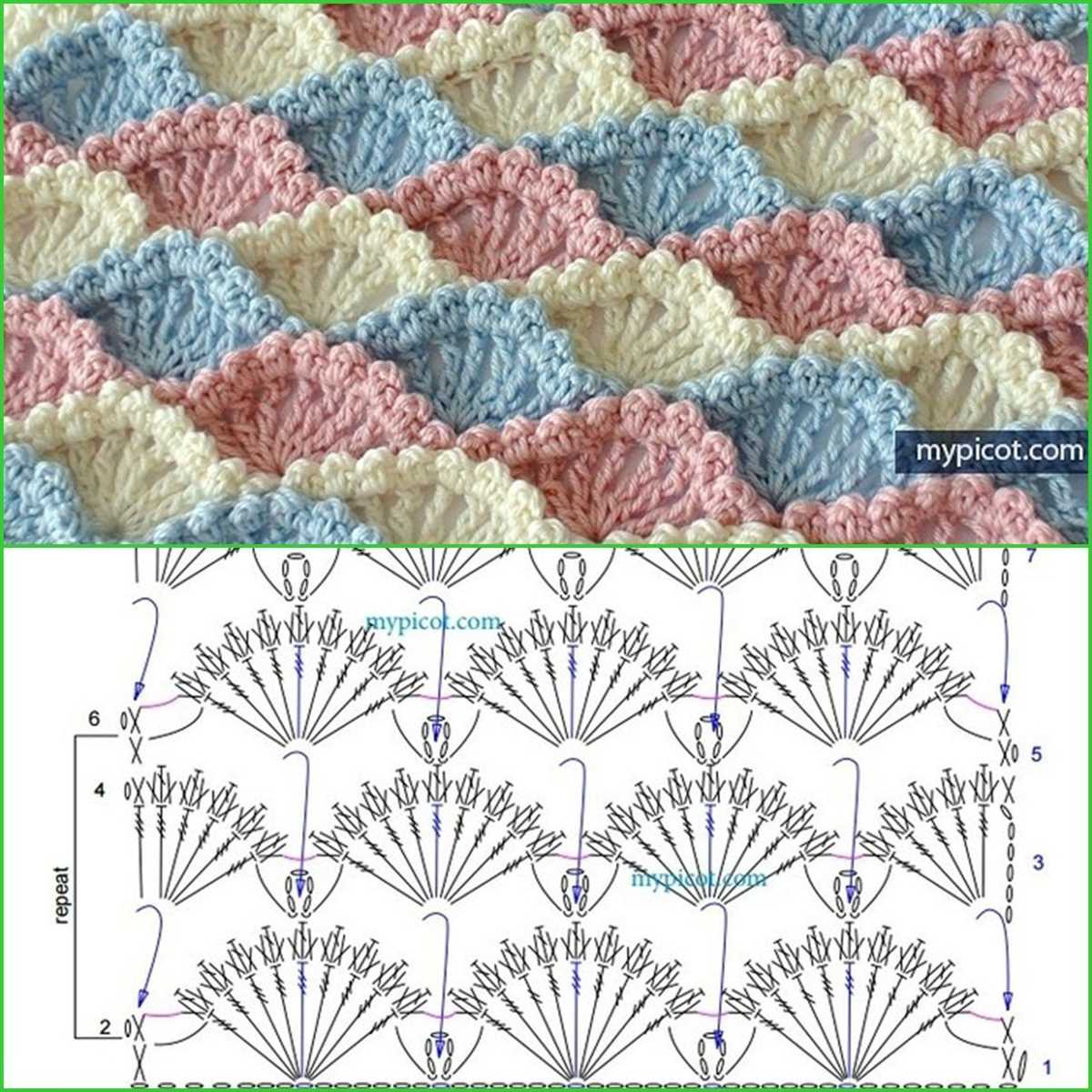
When starting out with diagram patterns, it’s best to choose smaller and simpler projects. This will allow you to practice reading and following the charts without feeling overwhelmed. Gradually work your way up to more complex patterns as you gain confidence and experience.
4. Use Highlighters or Row Counters
To keep track of your progress and prevent mistakes, consider using highlighters or row counters. You can use different colors to mark the rows you have completed or highlight specific sections of the chart. This visual aid will help you stay organized and easily track where you are in the pattern.
5. Take Breaks and Rest Your Eyes
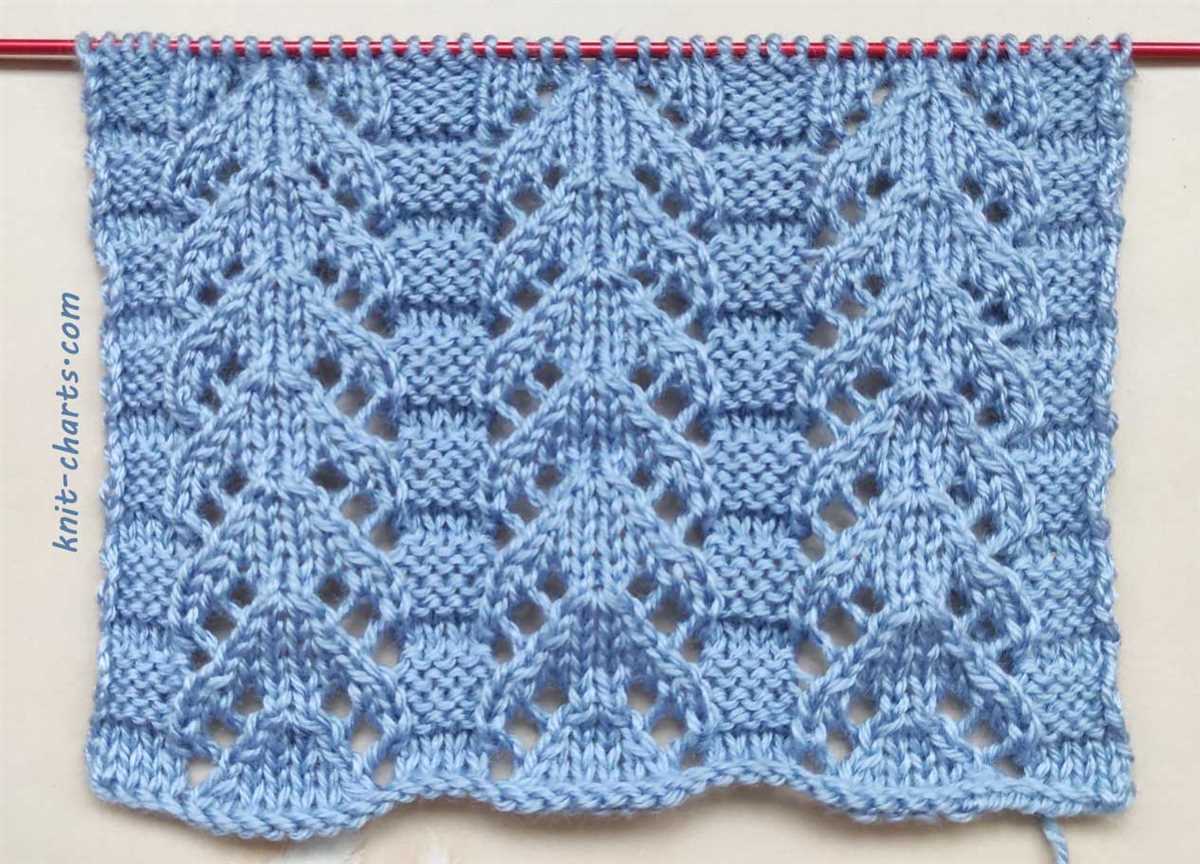
Following diagram knitting patterns can be visually demanding, especially if you are working on a complicated design with many different stitches. It’s important to take regular breaks and rest your eyes to prevent fatigue and reduce the likelihood of making mistakes. Give yourself time to relax and refocus before continuing with your knitting.
By following these best practices, you can successfully navigate and complete diagram knitting patterns. With practice and patience, you’ll soon be able to tackle more intricate designs and create beautiful knitted projects.
Where to Find Diagram Knitting Patterns
If you are a knitting enthusiast and enjoy working with diagram knitting patterns, you may be wondering where you can find a wide variety of designs to choose from. Look no further! There are several excellent sources for diagram knitting patterns that cater to different skill levels and interests.
Online Knitting Communities: Knitting communities and forums are a great place to find diagram knitting patterns. Members often share their own designs and provide helpful instructions and diagrams along with them. You can also request specific patterns or techniques, and experienced knitters will often be happy to help.
Knitting Pattern Websites: There are countless knitting pattern websites available on the internet that feature a wide range of diagram knitting patterns. These websites often offer patterns for different types of projects such as scarves, sweaters, hats, and more. Some websites may require a membership or charge a fee for accessing certain patterns.
Knitting Books and Magazines: Knitting books and magazines are another excellent resource for finding diagram knitting patterns. They often include step-by-step instructions, diagrams, and detailed photographs to help you create beautiful and intricate designs. Many knitting books also provide valuable tips and techniques for improving your knitting skills.
Knitting Classes and Workshops: Taking knitting classes or attending workshops is a fantastic way to learn new techniques and discover diagram knitting patterns. Instructors often provide their students with pattern handouts that include diagrams to follow along during the class. They can also introduce you to different resources and recommend books or websites to further enhance your knitting journey.
Local Yarn Stores: Don’t forget about your local yarn stores! They often have a selection of knitting pattern books and magazines available for purchase. The staff members in these stores are usually very knowledgeable and can help you find the perfect diagram knitting pattern for your project. They may also be able to suggest other local resources or knitting groups where you can find more patterns.
Whether you choose to explore online communities, browse knitting pattern websites, invest in knitting books and magazines, attend classes and workshops, or visit local yarn stores, you are sure to find a wide variety of diagram knitting patterns that inspire and excite you. Happy knitting!
Popular Diagram Knitting Patterns for Beginners
If you’re new to knitting and looking for some easy and popular patterns to get started with, diagram knitting patterns are a great option. These patterns use visual diagrams to show you exactly how to create different stitches and patterns, making them perfect for beginners who may not be familiar with written knitting instructions.
One popular diagram knitting pattern for beginners is the basic garter stitch. This pattern involves knitting every row, creating a textured fabric that is perfect for scarves, blankets, and more. The visual diagram will show you exactly how to create each stitch, making it easy to follow along and learn the basics of knitting.
1. Garter Stitch Scarf Pattern
For beginners looking to tackle their first knitting project, a garter stitch scarf is a perfect choice. The garter stitch pattern creates a dense and cozy fabric, perfect for staying warm in the colder months. The visual diagram will show you how to cast on, knit each row using the garter stitch, and bind off to finish your scarf.
2. Ribbed Hat Pattern
If you’re ready to take your knitting skills to the next level, a ribbed hat pattern is a great choice. This pattern uses a combination of knit and purl stitches to create a stretchy and textured fabric that is perfect for hats. The visual diagram will show you how to create the ribbing pattern and shape the hat, making it easy to follow along and create a cozy accessory for the winter season.
3. Seed Stitch Dishcloth Pattern
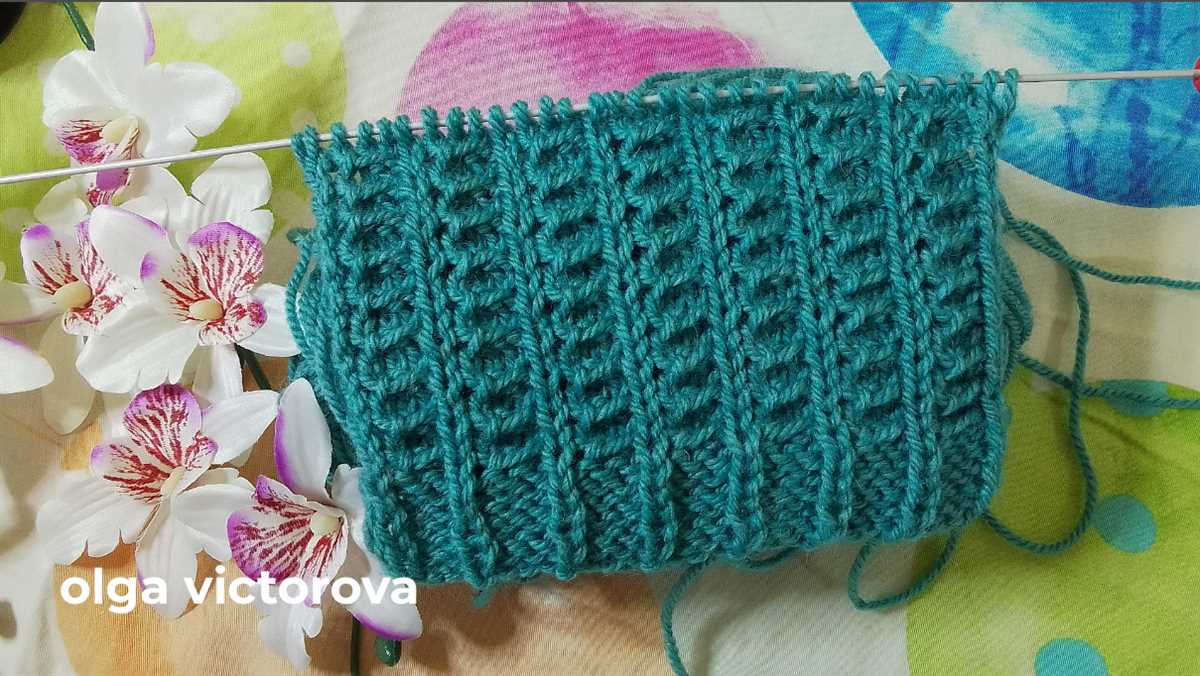
A dishcloth is a simple and practical project for beginner knitters, and the seed stitch pattern adds a touch of texture to this everyday item. The visual diagram will show you how to create the seed stitch pattern, which involves alternating between knit and purl stitches in a specific order. This pattern is a great way to practice your knitting skills and create something useful for your kitchen.
In conclusion, diagram knitting patterns are a popular choice for beginners as they provide a visual guide to creating different stitches and patterns. Whether you’re starting with a basic garter stitch scarf or trying your hand at a more advanced ribbed hat pattern, these visual diagrams make it easy to follow along and create beautiful knitwear.
Exploring Complex Diagram Knitting Patterns
When it comes to knitting, many crafters find themselves drawn to the challenge of creating complex patterns using diagrams. Diagram knitting patterns offer a visual representation of the stitches and techniques involved in a project, allowing knitters to follow along easily and create intricate designs. These patterns often include symbols and charts that indicate which stitches to use and where, making it easier to understand the pattern and achieve accurate results.
Understanding the Symbols
One of the first steps in exploring complex diagram knitting patterns is familiarizing yourself with the symbols used in these patterns. Different symbols represent different types of stitches, such as knit, purl, yarn over, and decrease stitches. By learning to recognize and understand these symbols, you can easily decipher the diagrams and follow the pattern instructions.
Following the Charts
Diagram knitting patterns typically include charts that visually represent each row or round of stitching. These charts can be read from right to left or from bottom to top, depending on the pattern. Each square on the chart represents one stitch, and the symbols within the squares indicate the type of stitch to be worked. Following the charts requires careful attention to detail and concentration to ensure accurate stitch placement and pattern progression.
Creating Complex Designs
Once you have a good understanding of the symbols and how to read the charts, you can start exploring complex diagram knitting patterns. These patterns often involve more intricate stitch patterns, such as cables, lace, or colorwork. By following the diagrams and carefully working each stitch according to the indicated symbols, you can create stunning and complex designs.
- Some knitters may find it helpful to print out the charts and use color-coded markers or highlighters to keep track of their progress.
- Keeping a detailed row-by-row record can also be useful, especially for larger projects that span multiple charts.
- As you become more comfortable with diagram knitting patterns, you may even start to modify existing patterns or create your own unique designs.
Conclusion
Exploring complex diagram knitting patterns can be a rewarding and creative endeavor. By mastering the symbols, learning to read the charts, and practicing your stitches, you can create beautiful and intricate designs that showcase your knitting skills. With time and practice, you may find yourself tackling more challenging patterns and creating unique projects that truly reflect your personal style and creativity.
Conclusion
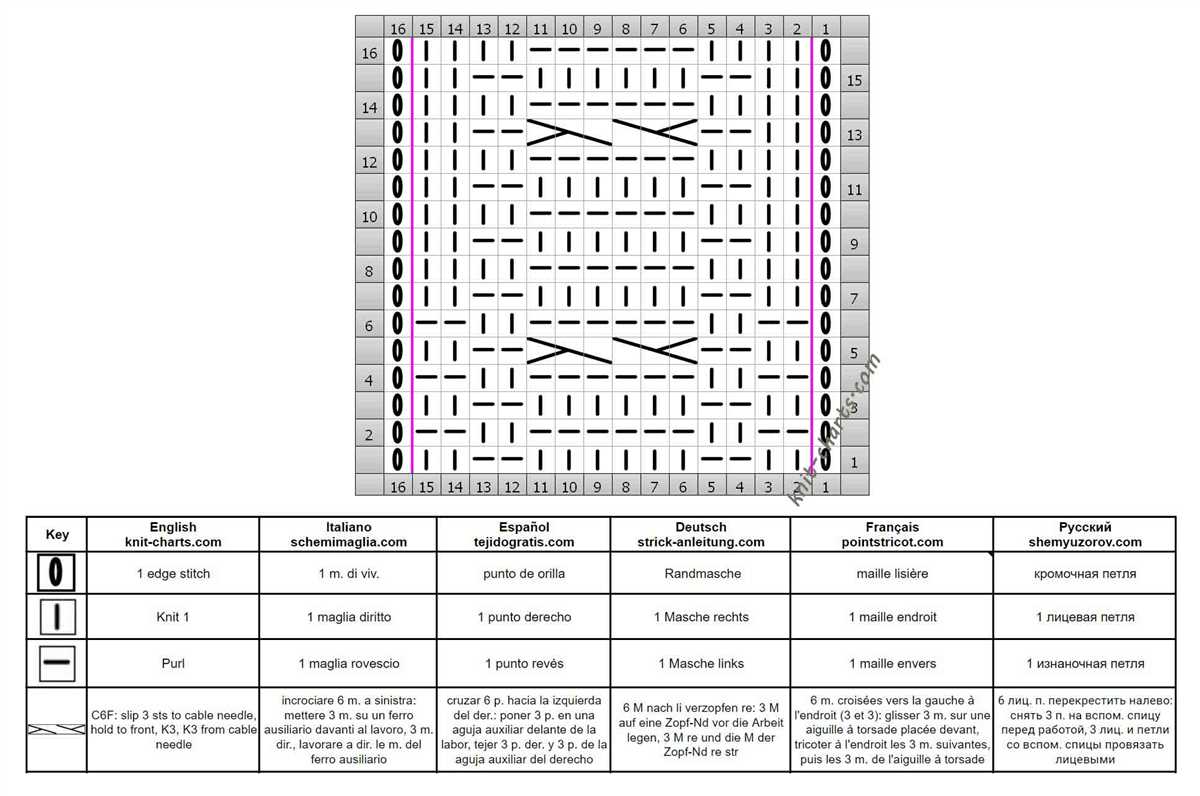
In conclusion, diagram knitting patterns are a valuable tool for enhancing your knitting skills. They provide a visual representation of the pattern, allowing you to easily follow along and understand the stitches and techniques involved. With diagram knitting patterns, you can easily see how each stitch connects to the next and how the pattern progresses.
Diagram knitting patterns also offer several benefits. They are easy to read and understand, even for beginner knitters. The visual representation helps you visualize the final product and make any necessary adjustments or modifications along the way. Diagrams also allow for easier pattern interpretation across different languages and knitting traditions.
Furthermore, by using diagram knitting patterns, you can expand your repertoire of knitting techniques. With each new pattern, you have the opportunity to learn and master new stitches and skills. This continuous learning process helps to improve your knitting abilities and makes you a more versatile and confident knitter.
Overall, diagram knitting patterns are a powerful tool that can enhance your knitting skills. They provide a visual representation that is easy to understand and follow, allowing for easier pattern interpretation and the opportunity to learn and master new knitting techniques. By incorporating diagram knitting patterns into your knitting practice, you can take your knitting skills to the next level and create beautiful and intricate designs.